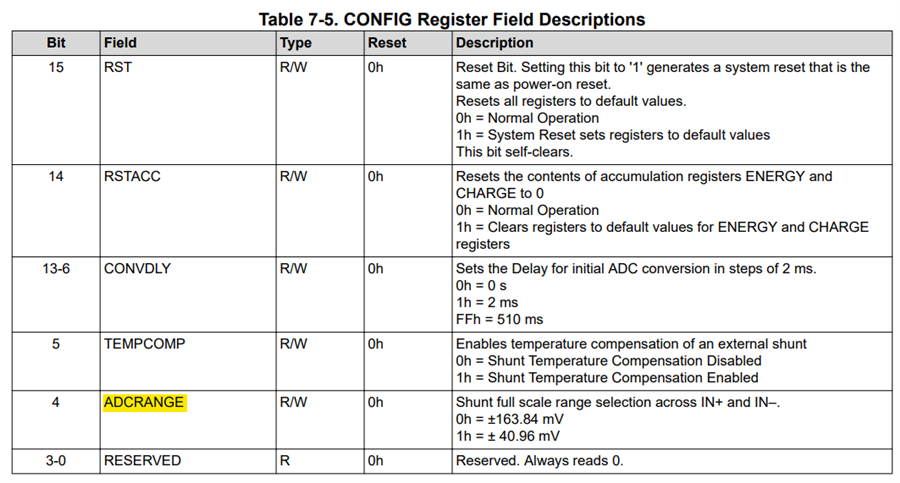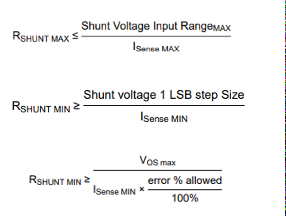Other Parts Discussed in Thread: INA228, INA229
Hi,
I'm looking for a smart solution to cover a pretty wide range from 1uA to 1.5A, currently looking at INA226
in the 0-1mA range, I would be ok with a precision of 10uA
in the 1mA to 100mA range I expect 1mA
and for 100mA to 1.5A a more coarse 10mA precision would be ok.
There are some power-profiler solutions out there utilizing 3-4 shunts with analog switch-overs to ensure the relevant series-resistance is used when the one below overflows. works, but fairly complex circuit so I'm looking for something more simple/compact.
based on the INA226's input range, would a fake resistive load be an option to get things into range when measuring things in the lower current ranges, say 1uA to 1000uA?





